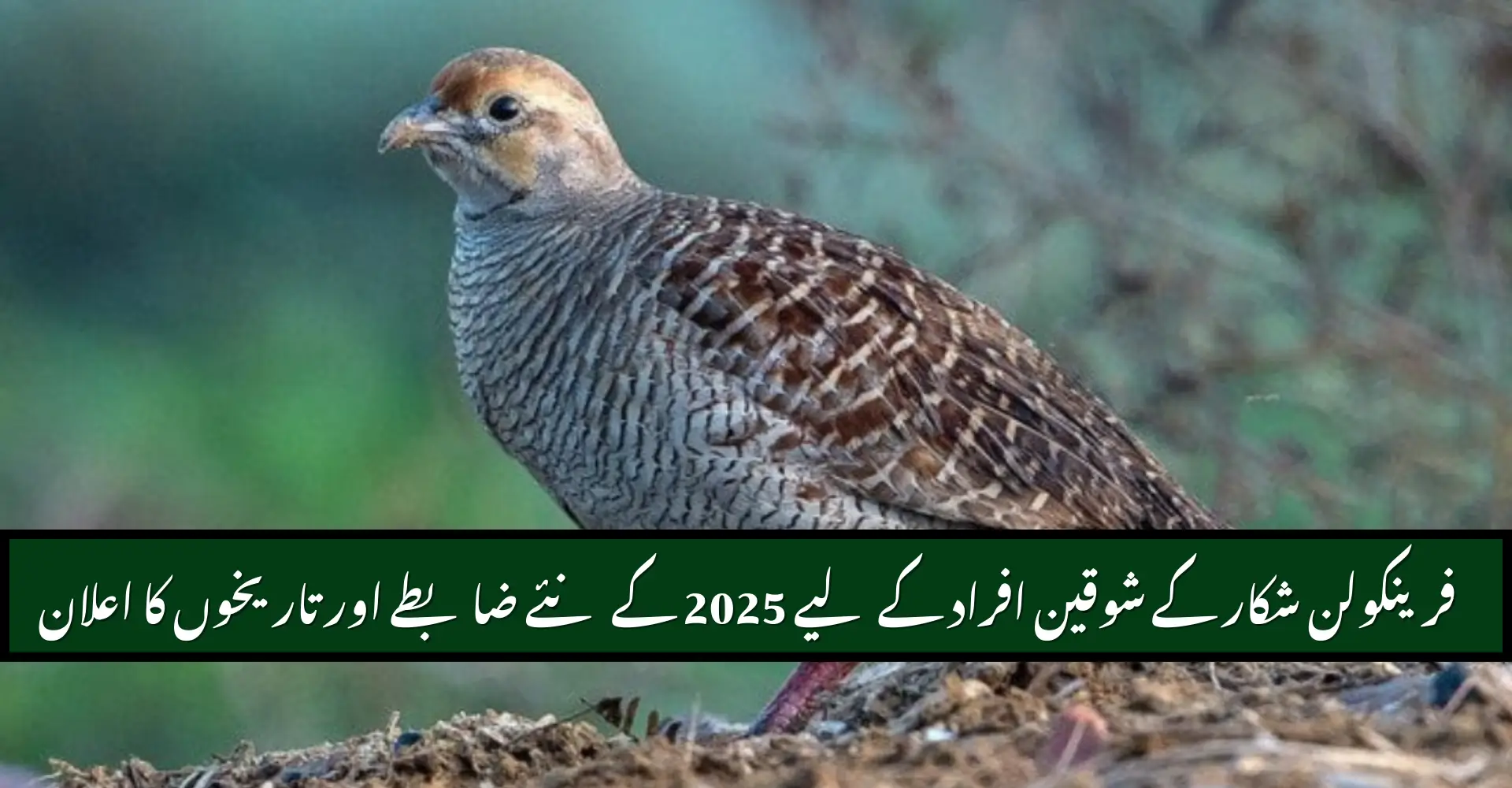Canada Immigration Plan: Favors Graduate Researchers For 2026–2028. Looking to study in Canada in 2026 and beyond? The good news is that the Canada Immigration Plan 2026–2028 favors graduate researchers, especially master’s and PhD applicants. The government has introduced new exemptions, faster visa processing, and more opportunities for research-driven students. This guide explains every update in simple, clear language so future students can understand exactly what to expect.
Canada’s New Immigration Plan: What’s Changing from 2026?
Canada has officially announced major updates in its Immigration Levels Plan 2026–2028, prioritizing high-skilled researchers, scientists, and innovators. These changes focus on strengthening Canada’s research ecosystem by making it easier for qualified graduate students to study, work, and eventually settle in the country.
Below are the most important policy shifts.
1. No Study Permit Caps for Master’s and PhD Students (From January 2026)
In 2024 and 2025, undergraduate and college-level programs were affected by Canada’s study permit cap.
But from January 2026, master’s and PhD students at public universities will be fully exempt.
Why This Matters
- Graduate programs have higher long-term economic value.
- Canada wants to attract scientists, AI researchers, engineers, and innovators.
- Research students often transition into permanent residency (PR) and contribute to Canada’s innovation economy.
LSI Keywords Included Naturally:
graduate student exemptions, Canada study permit 2026, MS PhD Canada rules, research student immigration Canada
2. 14-Day Faster Visa Processing for PhD Students & Families
One of the biggest updates:
IRCC will process PhD student applications within 14 days — the fastest ever.
Who Gets Priority?
- PhD students at public universities
- Master’s students in research-based programs
- Accompanying family members (spouse + dependent children)
Why Canada Is Speeding Up Processing
According to IRCC, graduate researchers contribute directly to:
- innovation
- scientific development
- Canadian labour market demand
- long-term economic stability
The government clearly states that graduate students are “more likely to stay in Canada permanently.”
3. New IRCC Portal for Graduate Programs & Scholarships
Starting 2026, Canada will offer a dedicated digital portal for:
- research-based master’s & PhD programs
- scholarships & funding
- graduate assistantships
- post-study work opportunities
- settlement and PR pathways
Key Benefits of the New Portal
- One-stop dashboard
- Verified scholarship listings
- Program finder for research degrees
- Automated work-permit transition tools
Graduate Student Immigration Targets (2026–2028)
Canada has set a stable target for incoming research students over three years.
| Year | Target New Arrivals | Range |
|---|---|---|
| 2026 | 155,000 | 150,000 – 160,000 |
| 2027 | 150,000 | 145,000 – 155,000 |
| 2028 | 150,000 | 145,000 – 155,000 |
Note: Applies only to full-time programs longer than six months at Designated Learning Institutions (DLIs).
Canada’s strategy is clear: More researchers → More innovation → Stronger long-term workforce.
Why Canada Is Prioritizing Graduate Researchers (Explained Simply)
Canada’s new policy reflects a careful balance:
1. High-Skilled Talent Shortages
Canada faces shortages in:
- engineering
- healthcare
- AI & machine learning
- pharmaceuticals
- renewable energy
- cybersecurity
- scientific research
Graduate students help fill these critical gaps.
2. Lower Housing Impact
PhD and master’s students:
- live on-campus or off-campus in fewer numbers
- have higher income potential
- bring families who integrate better into the economy
- require fewer public services than low-income temporary residents
3. Stronger Innovation Ecosystem
Canada wants to remain a global leader in:
- AI (Montreal, Toronto, Edmonton hubs)
- biotechnology
- nanotechnology
- green energy research
- quantum computing (Waterloo)
Graduate researchers fuel these industries.
Canada’s Balanced Immigration Strategy (2026–2028)
The government aims to reduce the temporary resident population below 5% by 2027.
But unlike undergraduate applicants, graduate researchers will see more opportunities, not fewer.
Undergrad Permit Reductions vs. Graduate Exemptions
| Category | 2025 Impact | 2026–2028 Impact |
|---|---|---|
| Undergraduate | Reduced permits | Tightened further |
| College Diploma | Reduced & restricted | Remains restricted |
| Master’s Students | Exempt from caps | Fully prioritized |
| PhD Students | Fast-track | Highest priority |
Meaning: Canada is intentionally making research-based immigration easier.
What This Means for Future Students (Simple Breakdown)
If you’re planning to apply for a Master’s or PhD in Canada, here’s what you gain:
1. No Permit Cap
You won’t be affected by limits placed on other applicants.
2. Faster Study Permit Approval
14-day processing for PhD applicants.
3. More Scholarships
Research programs often include:
- RA positions
- TA positions
- stipends
- government-funded research grants
4. Priority Job Opportunities After Graduation
You’ll qualify for:
- 3-year PGWP
- priority PR pathways (Express Entry, CEC, OINP, BCPNP, AINP, Quebec PEQ)
5. Easier Path to Canadian PR
Most graduate researchers settle in Canada permanently through Express Entry.
Canada Immigration Pathways Favoring Graduate Researchers
1. Express Entry (CRS Advantage for Graduate Students)
Master’s and PhD degrees offer high CRS points.
CRS Boost Breakdown
- Master’s Degree: +23–30 points
- PhD Degree: +25–40 points
- Canadian Work Experience (PGWP): +35–40 points
2. Provincial Nominee Programs (PNPs) for Graduate Students
Ontario (OINP)
- Masters Graduate Stream
- PhD Graduate Stream
British Columbia (BCPNP)
- Skills Immigration: International Post-Graduate
(No job offer required)
Alberta
- Alberta Advantage Immigration Program targets tech and research grads
Manitoba / Saskatchewan
- Strong demand for engineering, health sciences, and agriculture researchers
Quebec
- PEQ stream for graduates
- Strong support for AI and quantum researchers
Step-by-Step: How to Apply as a Graduate Student (2026–2028)
Step 1: Choose a Public University (Required for Exemption)
Top DLIs include:
- University of Toronto
- UBC
- McGill University
- University of Waterloo
- University of Alberta
- McMaster University
Step 2: Secure a Supervisor (For PhD/Research Programs)
Most PhD programs require:
- research proposal
- academic CV
- publications (if any)
Step 3: Apply Through the New Graduate Portal (Launching 2026)
Portal features:
- automated document checks
- scholarship recommendations
- funding options
Step 4: Receive Your Offer Letter (LOA)
Step 5: Apply for Study Permit (Fast Track for PhD)
Processing time:
- 14 days for PhD applicants
- Standard time for coursework-based master’s students
Step 6: Travel to Canada & Begin Your Research Program
Cost of Applying for a Study Permit (2026 Updates)
| Fee Type | Cost (CAD) |
|---|---|
| Study Permit Application | $150 |
| Biometrics | $85 |
| Spouse Open Work Permit (optional) | $255 |
| Child Study Permit | $150 each |
Graduate students may receive funding that covers:
- tuition
- living expenses
- health insurance
- research stipends
Impact of the 2026–2028 Plan on International Students
1. Better Academic Opportunities
Research programs will receive higher funding and improved facilities.
2. Stronger Post-Study Work Rights
PGWP remains unchanged for graduate students.
3. More Pathways to PR
Canada wants to retain researchers long-term.
4. Stable Immigration Numbers
Unlike undergrad caps, graduate numbers remain stable for three years.
FAQs
1. What is the Canada Immigration Plan 2026–2028?
It is the government’s three-year strategy outlining immigration targets and policy changes, focusing heavily on attracting graduate researchers.
2. Are master’s and PhD students exempt from Canada’s study permit cap?
Yes. From January 2026, all MS and PhD applicants at public universities are exempt.
3. How fast will PhD visas be processed?
IRCC will process PhD study permits in just 14 days starting 2026.
4. Do family members of PhD students also get faster processing?
Yes. Spouses and dependent children will be processed along with the principal applicant.
5. Will undergraduate students still face restrictions?
Yes. Caps and stricter requirements remain for diploma and undergraduate programs.
6. Does this plan help in getting PR in Canada?
Absolutely. Graduate researchers receive higher CRS scores and strong PNP options.
7. Which universities benefit from this policy?
All public universities across Canada, including U of T, UBC, Waterloo, Alberta, and McGill.
8. Will scholarships increase for graduate students?
Yes, as Canada expands research funding and launches a dedicated IRCC graduate portal.
Conclusion
Canada’s Immigration Plan 2026–2028 clearly prioritizes graduate researchers, giving them faster visas, unrestricted study permits, better funding options, and stronger PR pathways. If you’re planning a research-based master’s or PhD, these changes make Canada one of the best destinations to pursue advanced education and long-term opportunities.














